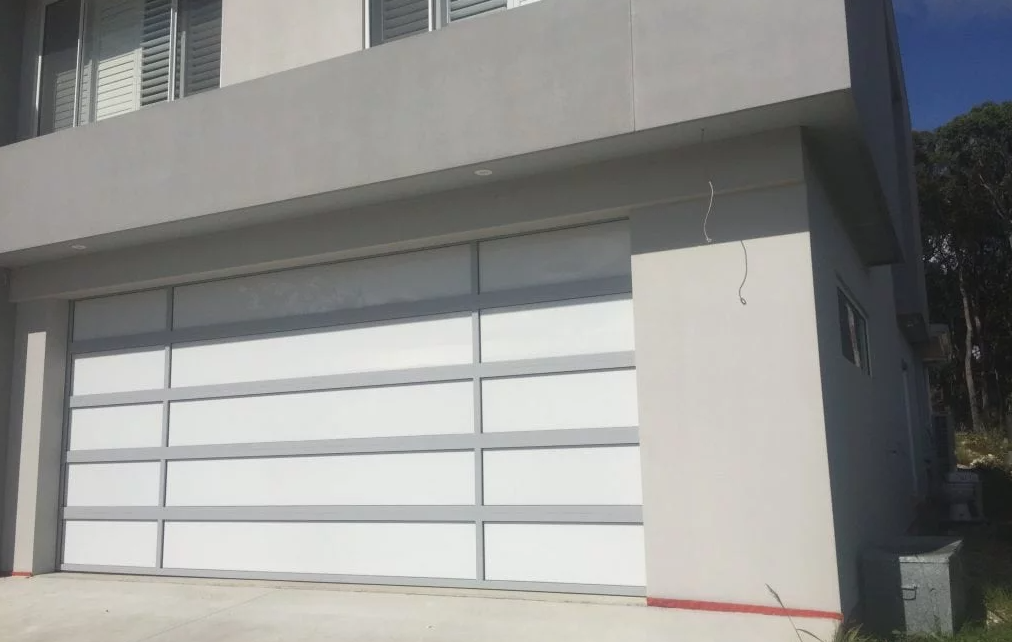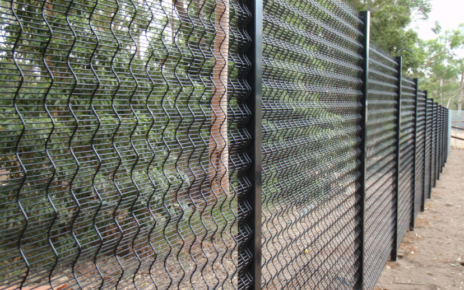Once you decide to buy a new garage door, the basic dilemma that arises is – to buy a rolling shutter or a sectional garage door? If you are unfamiliar with garage doors, you probably don’t know which ones are better quality, cheaper, and more reliable and why you would choose one type of door at all, and why another.
The fact is that the differences are not too great in terms of price and quality, so by choosing the type of garage door you can not go wrong or “guess”. However, there is one key difference that can decide whether to buy sectional or rolling garage doors. As you know, before you buy a garage door, you need to make measurements of the opening. The measurements we need to make are:
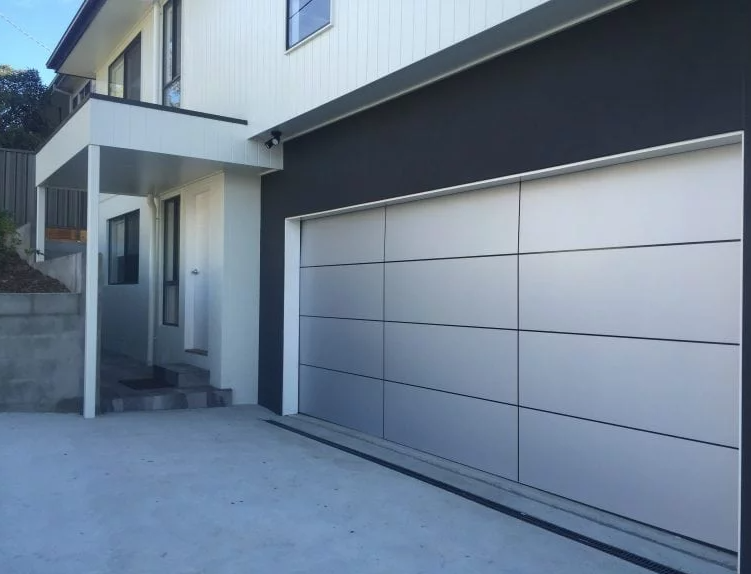
- measure the width and height of the opening
- measure the height of the lintel
- measure how much space there is on each side of the opening, ie whether there is a minimum of 10 cm
The lintel is the key thing that can “decide” for you what kind of door you will buy. Rolling doors, as the name suggests, work on the principle of blinds, ie they are wound in a box located above the door. The box needs some 35 or more inches of free space which means your lintel has to be at least that big if you plan to install a rolling shutter. For sectional garage doors, the height of the lintel can be less than 15 centimeters, but on the other hand, you must have free space on the ceiling at least as high as your door is + 50 cm high because sectional doors slide under the ceiling when opened.
So this is more or less the only thing that can directly affect what kind of door you buy, and if you have enough space – it’s just up to you. As for the price of the door, it depends on several factors to consider. One of the more important factors is the door motor (of course we are talking about automatic garage doors here).
Which engine to choose?
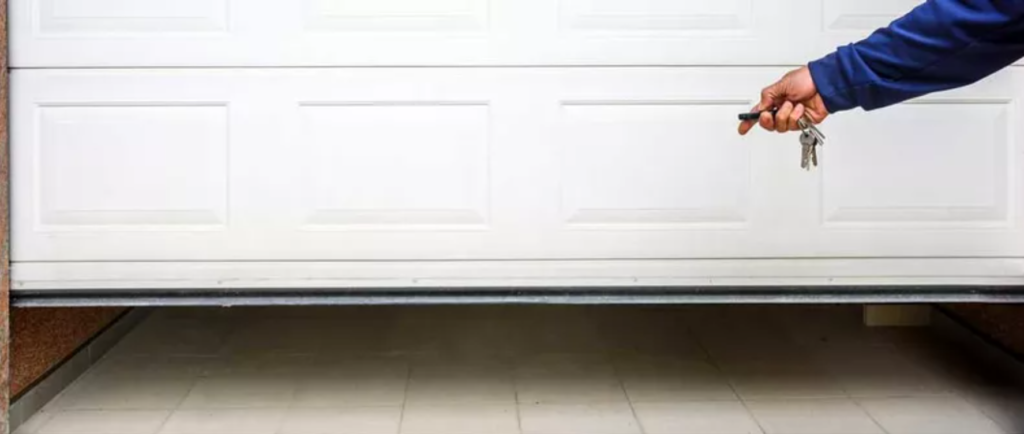
The price of course depends on the power of the engine itself. If we assume that you are buying a garage door for the next 20 or more years and expect that you do not have to change the motors several times in that period – the choice should be quality motors. If you are buying a garage door for a garage from a cottage and similar facility where you will be a couple of times a year and only open and close the door a few times a year, it may not be wise to spend a very large figure on the engine itself.
Panel types
In addition to the engine, the price of garage doors is influenced by the panels from which the doors are made. The first thing to look at is whether the panels are thermally insulated and what is their thickness? Simply put, the panels consist of two galvanized steel (or aluminum) sheets between which is polyurethane, a material that has excellent insulating properties. The most common thickness of such panels is 20 or 42 mm for sectional and 19 mm for rolling garage doors.
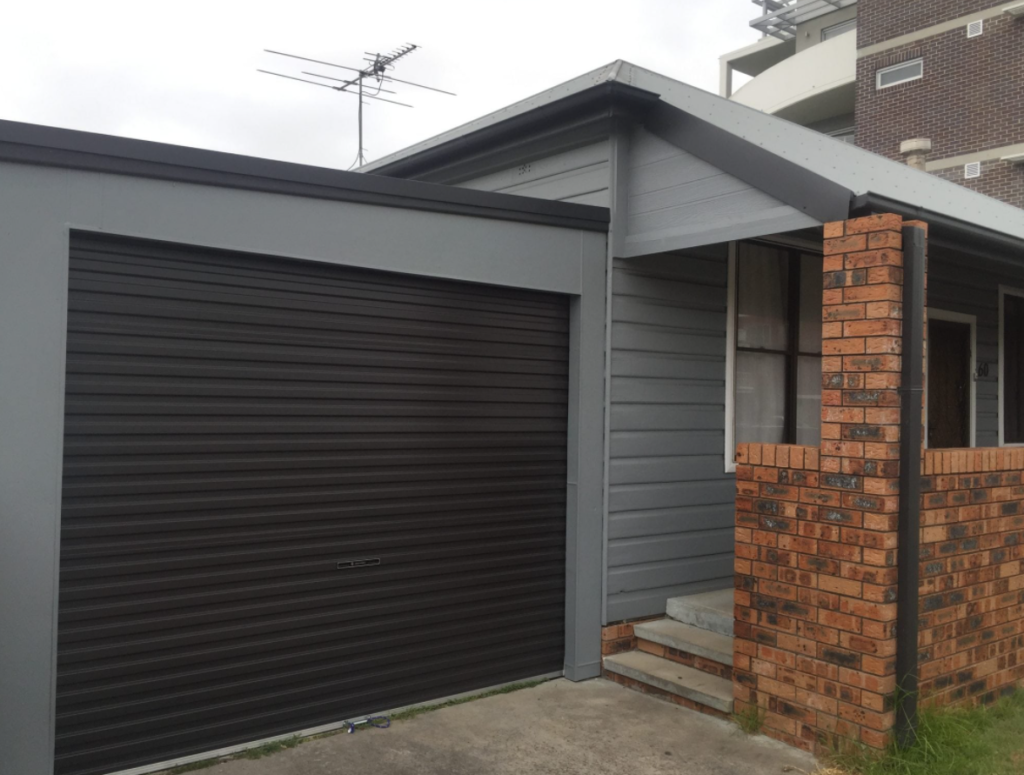
Thermally insulated panels are certainly a much better option when it comes to sound and heat insulation than regular panels, so keep that in mind. The price of the panel also depends on the type of surface (smooth, ribbed, square), color, and then if you want bright openings and how many of them if you want a pedestrian door, etc. So there are more options and they all affect the final price.
Basically, when you buy garage doors you have the option to buy them for less money in a mall or buy slightly more expensive doors from reputable manufacturers. Depending on how lucky you are, you can go solid and just run into some good specimen that will serve you for a while or if you are unlucky, you can run into a door that will create problems for you from the start.
When you buy from reputable manufacturers, there should be no problems for many years about the quality, maintenance, spare parts, and multi-year warranty on the door. Another practical thing with automatic garage doors is the remote control with which you can elegantly open or close the door from your car or house. With cheap no-name doors, if this remote control gets lost or breaks down, there could be a lot of problems with getting a new one, so ask around well before making a purchase decision.


